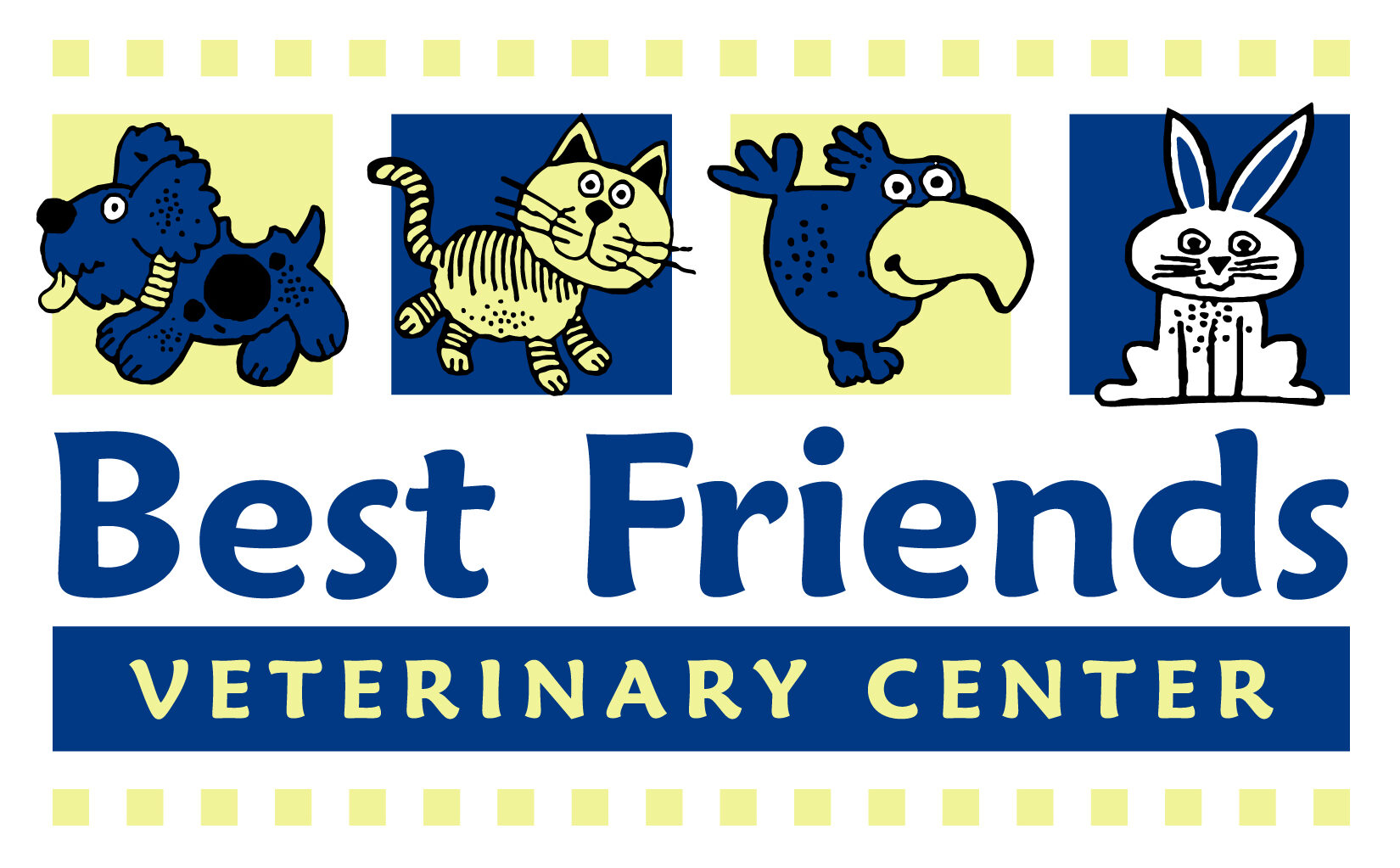Chronic constipation in cats
Constipation is a common problem in older cats and is seen occasionally in younger ones as well. Cats who have had a broken pelvis are prone to constipation because the nerves to the intestines or the pelvic canal the colon passes through can be damaged. Some cats are born with a deficiency in the nerve connections to the colon, which then doesn’t contract properly to move stools along. In these cats the colon can eventually become so dilated and damaged that it has to be surgically removed. This condition is called megacolon. Most of the time, though, the typical constipated cat is older and the intestinal tract seems to be slowing down with age.
Signs and symptoms: Constipated cats may have small, hard stools; large, hard stools; or clay-like, sticky stools. Any of these can make it difficult for stools to pass. Affected cats are usually straining to pass stool, not eating well and are often drooling or vomiting. They usually come in to see us in a dehydrated state, which makes constipation worse.
Sometimes we can manually remove hard stool from the colon with a gloved finger. If not, we generally administer enema(s) to affected cats to clean out the colon. It’s best if your cat can stay in the hospital for a few hours, until all the stool has passed. Most cats that need enemas also need subcutaneous fluids for dehydration.
Enemas usually cause at least a small amount of diarrhea. We will do our best to send your cat home clean but he or she may continue to pass a small amount of diarrhea after going home. It’s best to keep your cat confined to a bathroom or utility room until you are sure it’s safe to let him or her back onto carpeting or furniture.
Most cats will tolerate these procedures awake but occasionally we have to sedate or anesthetize a cat to treat it. Sometimes constipation has occurred because some other illness made the cat dehydrated or there is hair or fibrous material in the stool making it hard. In these cases a single enema may be all we need to do, besides treating the underlying problem. Most of the time, however, constipation is a long term problem that requires dietary management and medication.
In young cats, feeding a high fiber diet often will work to keep the stools soft. There are two types of fiber: insoluble, which passes through undigested and provides bulk to the stool; and soluble, which is what the bacteria in the intestines utilize. We want more soluble fiber, which keeps the microbiome (the good bacteria) happy. Most cat foods contain very little soluble fiber. Diets with extra soluble fiber include Hill’s Metabolic, which is also a weight management diet, Hill’s Gastrointestinal Biome diet and Royal Canin’s Gastrointestinal Fiber Response.
There are lots of medications we can use for constipation to soften the stool. The one we use most commonly is called lactulose. It’s a syrupy liquid that attracts water as it moves through the intestinal tract, so it pulls water into the colon and thus into the stools. We start with a lactulose dose of 1 ml twice a day and gradually increase the amount until we have a normal to soft stool consistency. Many cats will take lactulose mixed in canned food and some will even lick it off a spoon. Biscolax is a tiny pill available in drug stores for humans that can be used for cats if giving a tablet every day is easier than a liquid. We can also use DSS capsules, which contain the same stool softener we use in enemas. None of these medications is expensive. Some cats will have a softer stool if given a little milk every day.
The other main way to treat constipation is a medication called cisapride. Cisapride stimulates the intestines to contract to push stools through the colon better and it also reduces nausea. Cisapride comes in a tiny tablet or a capsule that you can open up to mix the powder inside with food. It can also be special ordered in a liquid form. If stool softeners and diet change are not enough to control constipation we generally add cisapride.
If a cat is having a constipation episode we can also use a medication called GoLYTELY. This is a powder that gets mixed in water. It is used in humans and animals to evacuate the intestinal tract before endoscopy or intestinal surgery but it can also be used instead of enemas for cats that are obstructed with stool. It requires syringe feeding a large volume of liquid medication, which can be difficult to do, but it’s an option you can try in an effort to avoid an enema.
Enemas flush out good bacteria along with the hard stool. It is good to give any pet with a digestive problem probiotics. This is especially important after an enema or GoLYTELY therapy, to reestablish healthy gut bacteria.
Please monitor your cat’s stools closely. We often need to adjust food or medications as your cat ages. If your cat seems uncomfortable, it’s best to get on top of it right away rather than waiting until your pet is sick and dehydrated. Make sure if you go out of town your pet sitter knows what to watch for and who to call if a problem develops. Stress and other illnesses often worsen constipation so you should also be especially vigilant if your cat isn’t feeling well for other reasons. Please call if you have any questions or concerns about your cat!
